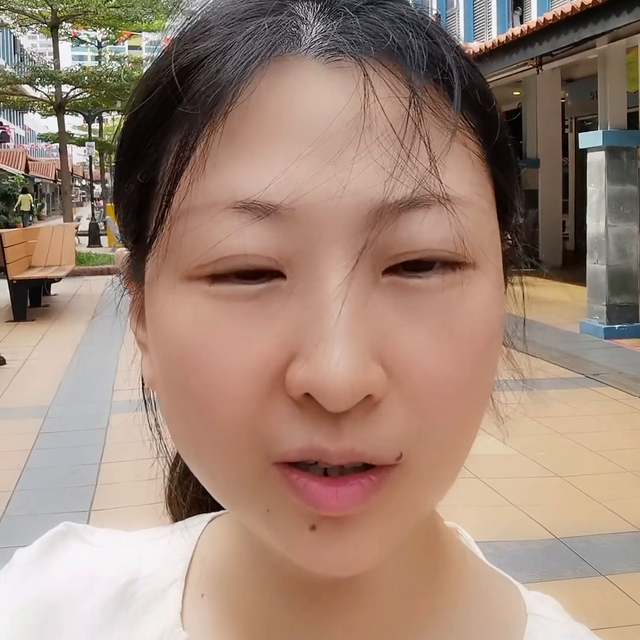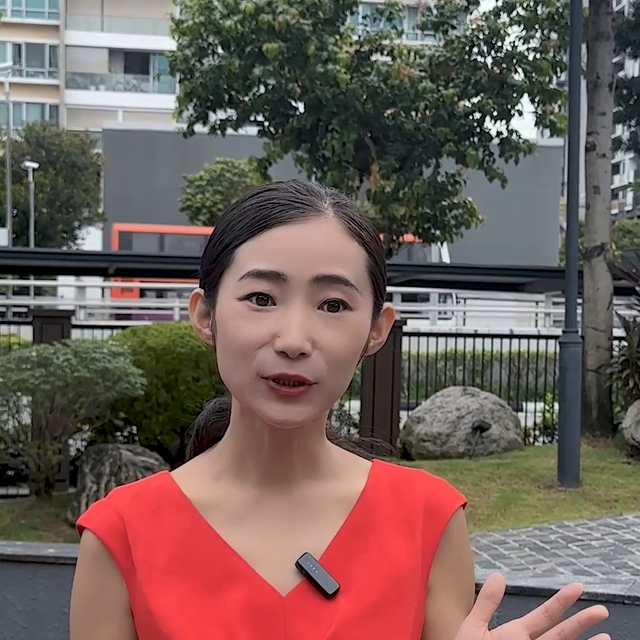《新加坡仲裁法》第4条第(6)款不能作为推定仲裁协议成立的依据
信息源于:临时仲裁ADA
2021年8月10日,新加坡最高法院的上诉法院(下称CoA)在Cheung Teck Cheong Richard and others v LVND Investments Pte Ltd [2021] SGCA 77(判决请见:阅读原文)一案中,认定双方不存在仲裁协议,支持上诉人请求,作出撤销中止审理的决定。一购物中心商铺的买方起诉商铺的开发商LVND Investments PteLtd,Assistant Registrar(下称AR)因认定存在仲裁协议而作出中止审理的决定,该决定被高等法院支持,买方为此上诉至上诉法院。CoA特别阐释了《新加坡仲裁法》第4条第(6)款仅针对已经存在的仲裁协议,虽无书面约定,但推定其具有正式效力;但不能用于推定本不存在的仲裁协议成立。
- 背景介绍
案涉商铺的买方与开发商订立了若干份《销售与购买协议》(下称SPAs)。随后,买方主张购买商铺是受到了开发商误导,实际交付的商铺单元比他们以为的都要小。为此,买方依据SPAs第20A.1条仲裁条款分别于2019年5月6日和2019年6月28日发出了两次仲裁通知。第一次向新加坡国际仲裁中心(下称SIAC)提起机构仲裁,遭到开发商拒绝,后经审查被认定双方未就SIAC管理案件或适用SIAC仲裁规则达成协议,终止了该案;第二次以新加坡为仲裁地提起临时仲裁,再次遭到开发商拒绝,买方于2020年2月通知SIAC终止该程序,并于2020年3月4日向高等法院起诉,诉请解除SPAs、损害赔偿、损失赔偿以及因订立SPAs而支出的成本和费用。
2020年3月25日,开发商向法庭申请中止审理。AR认定,SPAs第20A.1条不构成仲裁协议,但双方以实际行动另外成立了仲裁协议,因此依据《新加坡仲裁法》(下称AA)第6条下达了中止审理的命令。双方均对此提出上诉,法官既驳回了开发商的上诉,认为第20A.1条不符合AA第4条第(1)款对仲裁协议的定义,也驳回了买方的上诉,理由是双方以行动另外成立了仲裁协议,且该情形满足AA第4条第(6)款推定双方存在仲裁协议的规定,因此支持了中止审理的决定。
- 法院认定
CoA围绕四个焦点问题展开认定:
第20A.1条是否构成仲裁协议
CoA首先肯定了前一程序的法官对第20A.1条并非仲裁条款的认定,因为它并未强制要求双方将争议递交仲裁,对调解后适用的争议解决机制持中立态度。
双方是否另行达成了仲裁协议
审查双方是否在第20A.1条之外另行达成独立的仲裁协议,CoA先考虑双方的行动是否可以排他地推定第20A.1条是仲裁条款;如果是,再考虑是否有证据证明双方在SPAs第20A.1条的基础上增加或在此之外另行达成了仲裁协议,并由此判定双方在第20A.1条之外达成仲裁协议的意图。然而,CoA总结案件事实认为,不论在第一次还是第二次提起仲裁的尝试中,从双方的行动可以推定,他们在任何时候都以第20A.1条作为唯一的仲裁条款。尽管两次提起仲裁的行动都构成买方向开发商发出了仲裁的要约(an offer to arbitrate),但均遭到了开发商的拒绝。
是否能够依据AA的第4条第(6)款作出仲裁协议成立的推定
CoA首先认定,适用AA的第4条第(6)款需满足三项条件。第一,作为基本要求,本款的适用情形仅限于“仲裁或法律程序”。第二,在请求、案件声明或其他相关文件中,需有仲裁协议存在的主张,该主张需要被答复。第三,该主张不能被另一方否认。满足全部三项条件,方能“被视为双方就程序达成了有效的仲裁协议”。
“First, as a threshold requirement, s 4(6) only applies in the context of ‘any arbitral or legal proceedings’. Second, there must be an assertion of the existence of an arbitration agreement in a pleading, statement of case, or any other document in circumstances in which the assertion calls for a reply. Third, the assertion must not be denied by the other party. If these three requirements are met, then ‘there shall be deemed to be an effective arbitration agreement as between the parties to the proceedings’. We turn to address the three requirements before turning to consider the effect of s 4(6).”
CoA认为,本案不符合第一项条件。即使该项条件不仅指有效程序,在本案中,显然没有仲裁程序的存在,不论有效与否。在第一次和第二次提起仲裁的尝试中,均没有实质性步骤发生,都在讨论仲裁是否有效开始的最初阶段就宣告终止。
“In both instances, no substantive steps were taken and the matters ended with both parties at loggerheads on whether arbitration was even validly commenced. We are unable to see how there were any ‘arbitration… proceedings’ at all in the present case.”
本案亦不符合第二项条件,CoA没有发现满足AA第4条第(1)款定义的“仲裁协议”的主张,由于第20A.1条不是仲裁条款,对该条的主张不能满足这项条件。
围绕AA第4条第(6)款认定的核心在于其推定效力。由于SPAs第20A.1条不构成仲裁协议且双方未在此之外另外达成仲裁协议,有必要基于双方不存在仲裁协议的前提来审查第4条第(6)款的适用问题。
“The central issue concerning s 4(6) of the AA as argued before us turns on the interpretation of the last clause in s 4(6): ‘there shall be deemed to be an effective arbitration agreement as between the parties to the proceedings’. As cl 20A.1 of the SPAs was not an arbitration agreement and there was no arbitration agreement independent of cl 20A.1, s 4(6) should thus be examined on the basis that there was neither a valid arbitration clause in cl 20A.1 nor an ad hoc arbitration agreement independent of cl 20A.1. The question is whether s 4(6) can nonetheless deem an effective arbitration agreement to be in existence notwithstanding this finding.”
为此,CoA采取了Tan Cheng Bock v Attorney-General [2017] 2 SLR 850一案中确立的目的解释法,在此基础上提出了两种可能的解释。最终,在审查了立法文件后,CoA认为第4条第(6)款仅对已经存在的仲裁协议具有推定作用,不论该协议是否以书面形式作出,其具备正式效力。但对于并不存在的仲裁协议,不能据此推定仲裁协议成立;不满足该款三项条件的,也不能推定为符合AA第4条第(1)款定义的仲裁协议。
“We therefore conclude that if s 4(6) of the AA applies, it only has the effect of deeming an existing arbitration agreement to be formally valid and therefore effective despite not being in writing. It does not have the effect of deeming there to be an agreement between the parties when such an agreement does not otherwise exist, nor does it deem any such agreement to meet the definition of s 4(1) of the AA if it does not otherwise satisfy the requirements stated therein.”
上诉人否认仲裁协议的存在是否违反了禁反言原则
CoA认为买方否认仲裁协议的存在没有违反禁反言原则。在两次提起仲裁的过程中,买方都仅作出第20A.1条为有效仲裁协议的表述或假设,而非毫无根据、泛泛地表示双方存在有效的仲裁协议。禁反言至多针对买方不得否认第20A.1条为有效仲裁协议。任何情况下,允许买方撤回存在有效仲裁协议的表述都不是不合理的,且没有足够的证据证明买方的行为构成信赖损害。
“In any event, we agree with the Judge that no detrimental reliance has been proved and it is not unconscionable for the Appellants to be allowed to resile from any representation that there was a valid arbitration agreement.”
综上,在当事方没有达成仲裁协议或上诉人质疑仲裁协议存在的主张未违反禁反言原则的情况下,没有根据AA第6条第(1)款中止审理的基础。CoA支持了买方的上诉请求,撤销了中止审理的决定。
“In the absence of any arbitration agreement between the parties or an estoppel preventing the Appellants from disputing the existence of such an agreement, there is simply no basis for a stay of the Suit under s 6(1) of the AA.”
- 评论
《新加坡仲裁法》第4条第(6)款针对仲裁协议的效力推定作出规定,新加坡最高法院的上诉法院通过本案对该款进行解释,澄清了其适用仅限于推定非以书面形式作出、已经存在的仲裁协议具备正式仲裁协议的效力,而不能用来推定双方达成了仲裁协议。本案中,尽管买方两度提起仲裁,但不论机构仲裁还是临时仲裁,开发商始终未接受,没有成立事实上的仲裁协议,也即双方之间不存在仲裁协议,因此不能适用第4条第(6)款推定仲裁协议成立。
此外,法院亦阐明了根据合同具体条款提出过仲裁申请、后在诉讼中主张不存在仲裁协议的行为本身并不违反禁反言原则,需要综合考虑合理性及是否有充分证据证明信赖损害。























评论